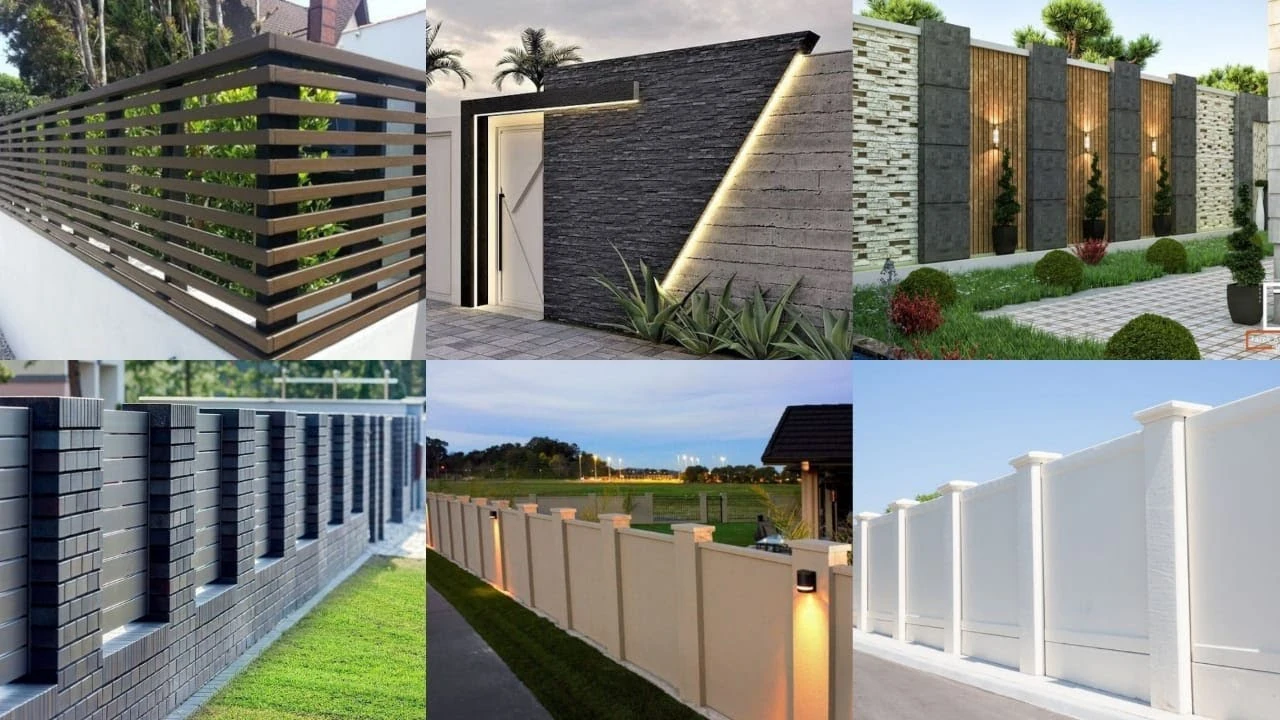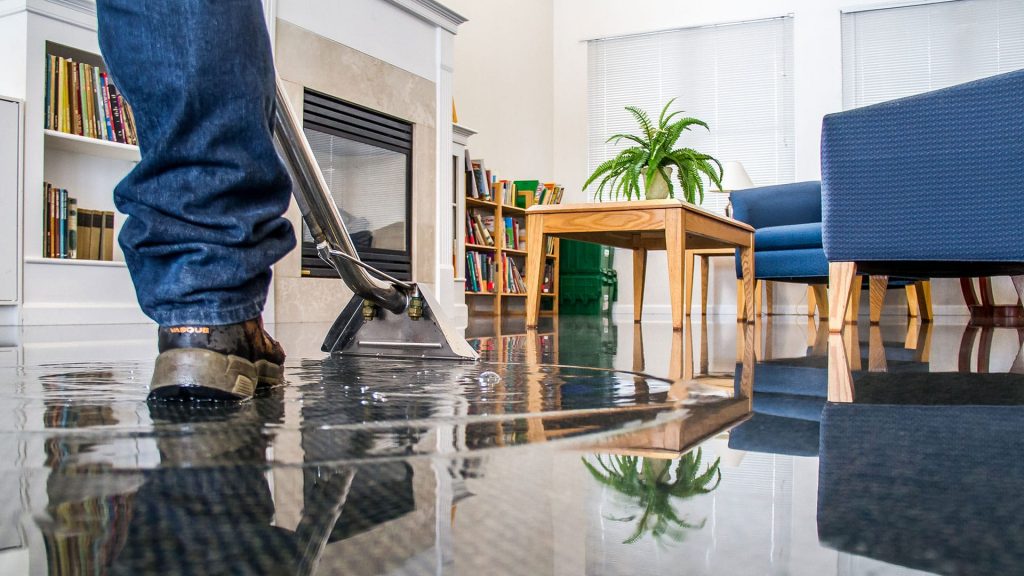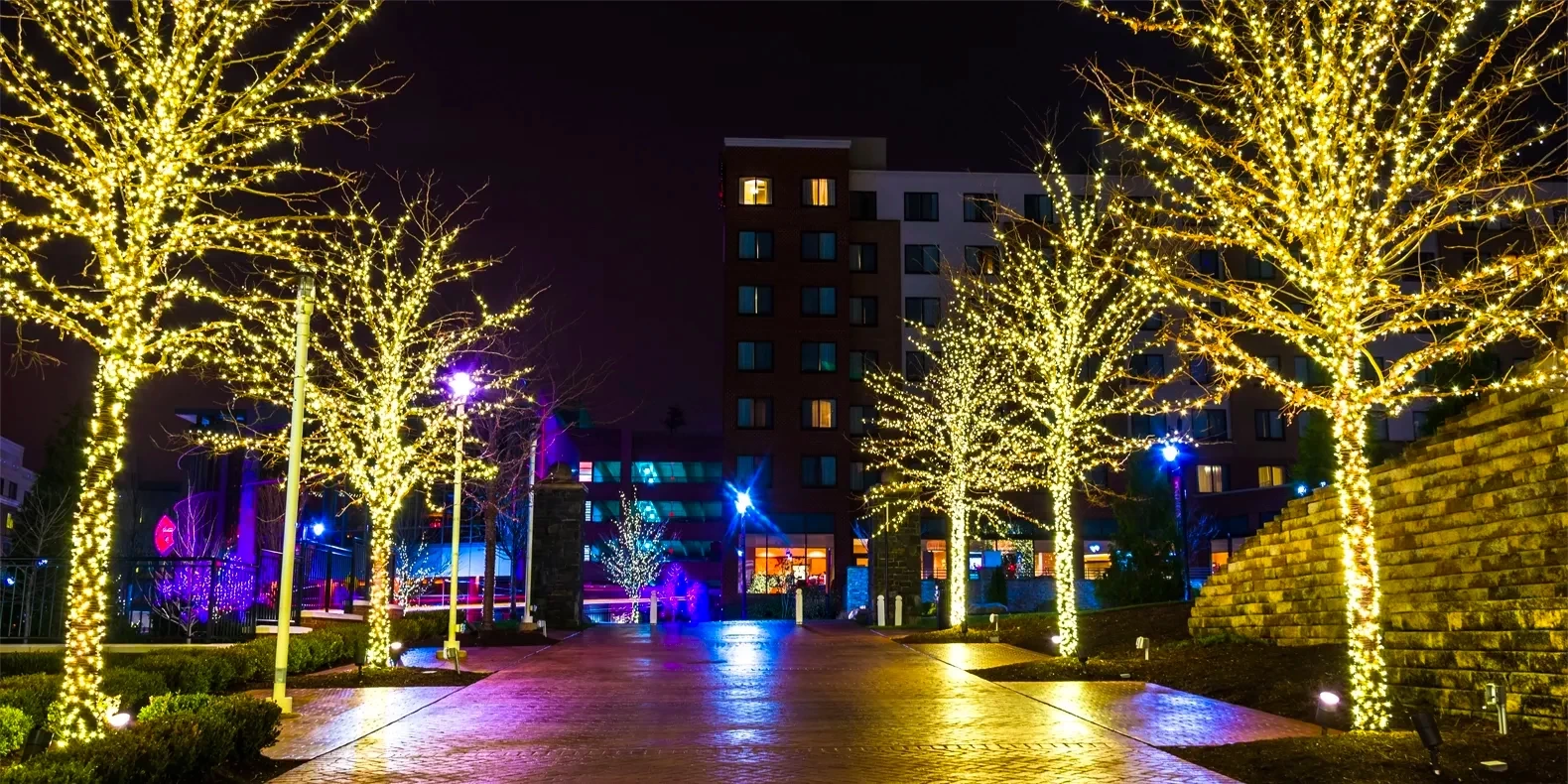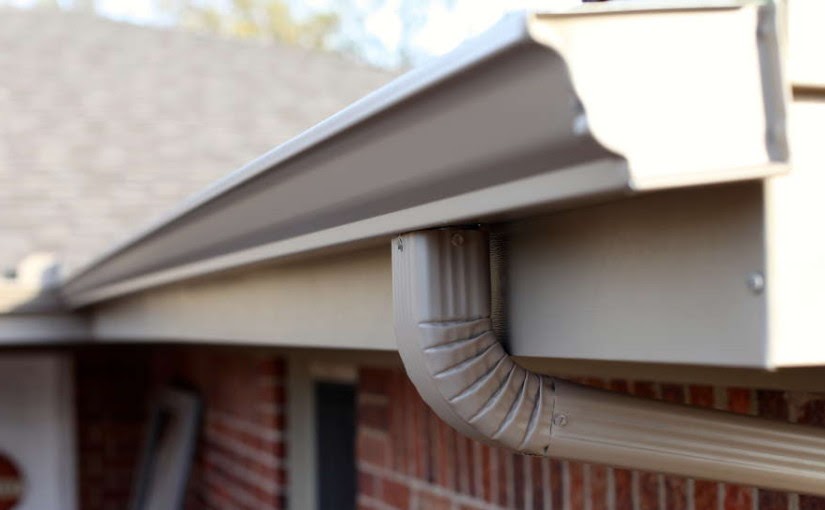When you buy a property, one of the most important aspects to look into is fencing it. A compound wall is a structure that divides an area into two distinct plots. Compound walls or boundary walls are not just there for security and privacy, but they also present an exterior face to a home. To state the obvious, a distinctive Compound Wall Design can add to the style quotient and set your home apart from those of your neighbours. Let us have a look at the basics of Compound Wall Design.
What are the Types of Compound Wall Design?
- Masonry Compound Wall
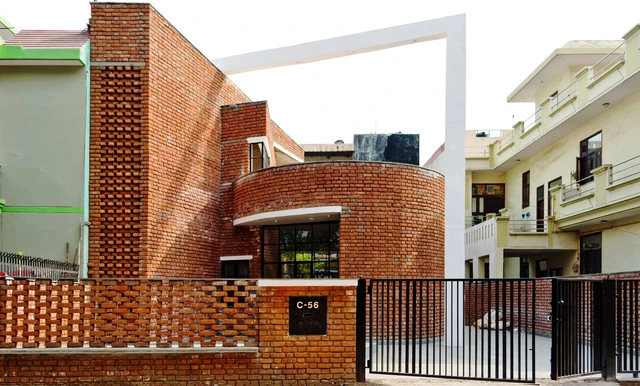
- Masonry compound walls are mostly used for housing purposes and have a height of 5 to 6 feet.
- Constructed using laterite stones, red clay bricks or fly ash bricks, steel, and cement mortar.
- Construction starts from 2 feet below ground level.
- This ensures that the wall gets proper anchorage.
- The thickness is around 150 mm.
- Protects houses against trespassers, dust, and noise.
- Precast Compound Wall
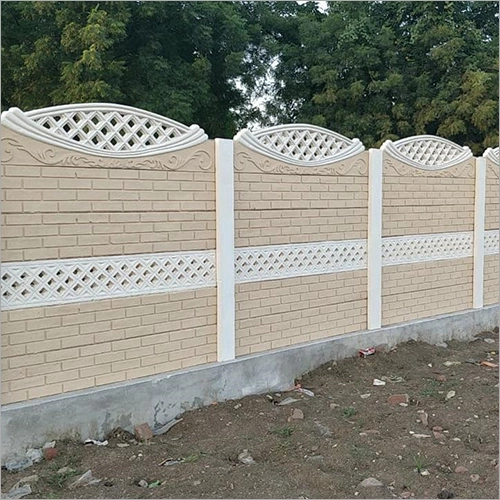
- Constructed using a mix of steel and concrete.
- Ideal residential Compound Wall Design.
- Installation takes a short amount of time.
- Cost efficient as are made in factories and installed on-site.
Also Read: What are the Best and most Effective Ways of Glass Cleaner for Shower Doors in 2023?
- Cladding Compound Wall
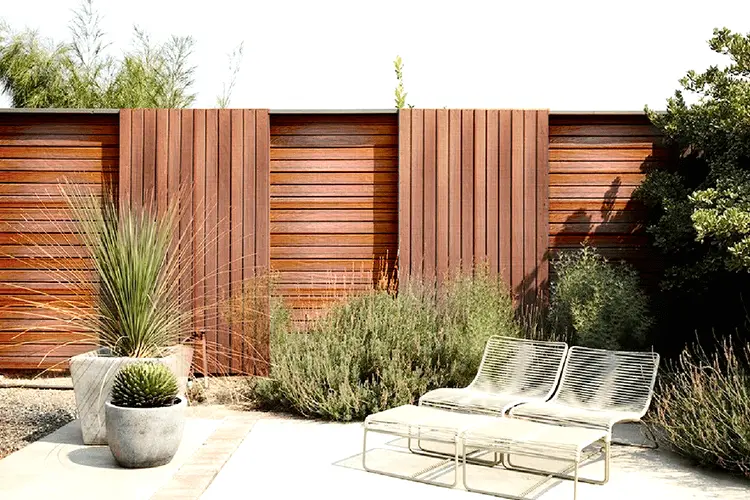
- Uses materials such as vitreous walls and marble.
- Cladding materials are fixed over the masonry wall.
- Usually done for high-class luxurious bungalows.
- Gives an aesthetic appeal to the house.
- This Compound Wall Design is in trend in metropolitan cities.
- Security Compound Wall

- Usually constructed at military bases, cantonment areas, government offices, and police camps.
- As the name suggests, this design is used where security is a high priority and hence modern housing societies are also taking advantage of this Compound Wall Design.
- A masonry wall as high as 7 feet is constructed which discourages people from climbing it.
- At the top of the wall, barbed wire or concertina coil fencing is done.
- In some cases, the fences are also electrified.
Also Read: A Complete Knowledge of Fiddle Leaf Fig Plant – Its Benefits, Spiritual Meaning, and More
- Ornamental Compound Wall
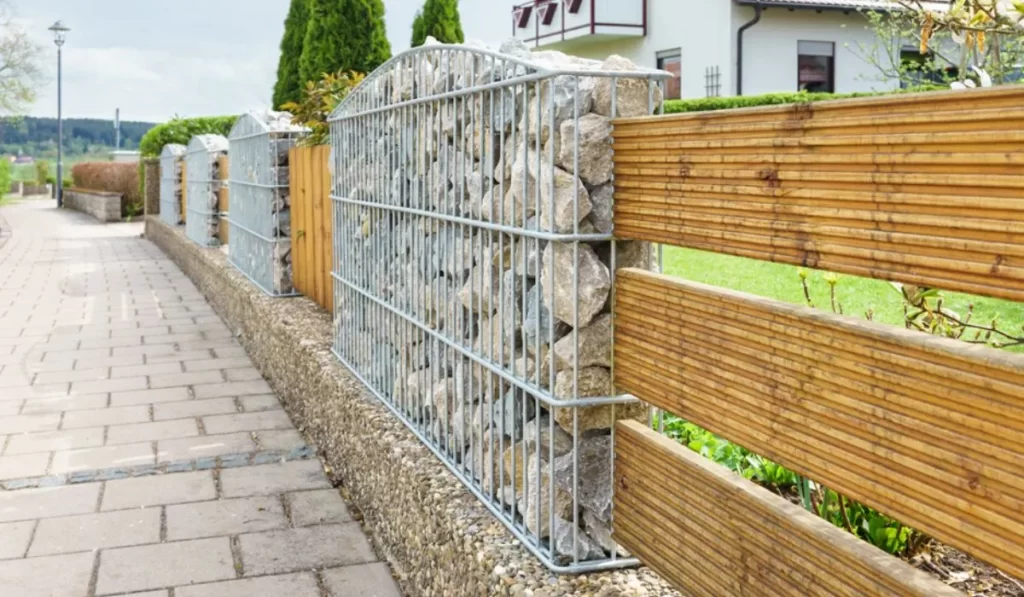
- Equal emphasis on looks and security.
- A combination of masonry compound walls and designer grills.
- The cost depends on the type and design of the grill chosen by the owner.
What are the Types of Materials Used for Compound Wall Design?
- Bricks
- Still a preferred material for Compound Wall Design even after the availability of several other materials.
- Can be laid in many different angles and bonding patterns.
- Exposed bricks can be sealed with a weather-protective sealant to preserve them for years.
- Adds a rustic charm to the wall design.
- Stone Tiles
- A very tactile and rustic material that comes in endless colors and textures.
- Complements both modern and traditional design styles.
- You can customize geometrically cut shapes or mosaic patterns.
- If you want to go for a natural look with a sturdy treatment, stone tiles are the winner.
- PVC Boards
- Easy to create 3D patterns or weave on the Compound Wall Design.
- Easy to install as come-in sheets that can be screwed to the wall base.
- Provides a smooth surface finish which makes it easy to maintain.
- Go for good quality PVC boards that are physically and chemically stable.
- Cement Plaster
- Wet cement plaster is carved to develop motifs, graphical patterns, figurines, and murals.
- You can also go for readymade cement boards if you wish to create a design on-site.
- Get a properly stabilized wall treatment done and you can keep the wall clean with simple water.
- Wood Planks
- Wooden Compound Wall Designs are the new fad in urban areas.
- Treated wood planks are available in the market in several shades and grains.
- Or you can use seasoned wood as a cladding to a simple masonry compound wall.
- Look for good quality products which will enhance longevity with some polishing.
- Metal
- Sheets of metal can be cut into jail patterns according to your choice.
- Readymade jalis are also available in the market if you are someone who wants to have a hassle-free installation.
- Can be used as grills and slats also.
- Both steel and iron are used for creating Wall compound Design.
Also Read: How to Grow, Care, and Benefits of Prayer Plant?
What are Some Tips to Keep in Mind for Your Compound Wall Design?
- If you are someone who believes in Vaastu, make sure the southern and western parts of your compound wall should be higher than their northern and eastern counterpart.
- This helps in blocking harsh sunrays and allows warm useful rays to penetrate your home.
- Make sure there are no obstructions such as trees, drains, poles, or another wall in front of the compound wall.
- You can opt for a decorative niche in your Compound Wall Design. The niches can be circular or rectangular and their looks can be enhanced using cement plaster boards and 3D patterns.
- You can also add accent lighting to your wall to add warmth. Opting for soft lighting can add some drama to the design elements.
- If you are a colorful person, use a three-tone color palette for your Compound Wall Design.
- Use 60% of the primary colour, 30% of the second one, and 10% of the accent color.
